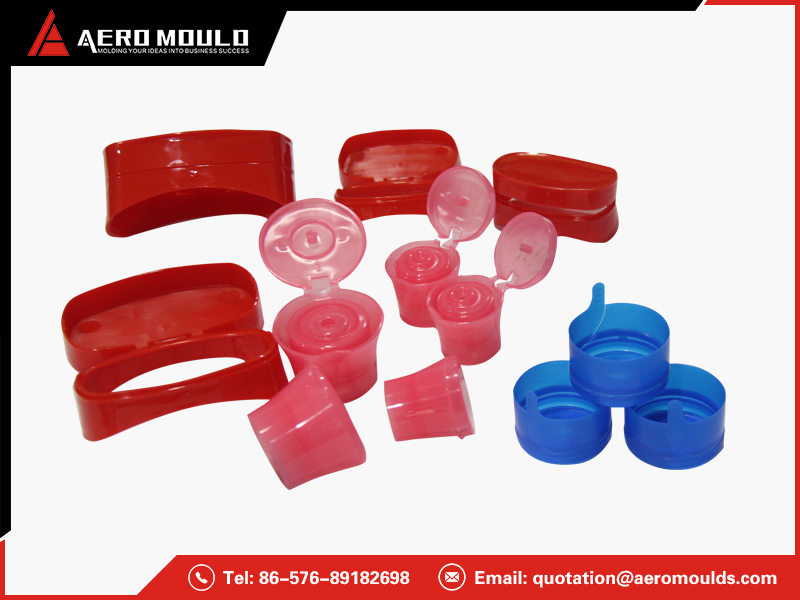Aero Mould Co., Ltd
Mobile/whatsapp: 0086-13666469798
Add: 18# KaiTuo Road, XinQian Street, Huangyan District, Taizhou, Zhejiang, China


After the plastic bottle cap mold is installed, the mol […]
After the plastic bottle cap mold is installed, the mold must be preheated before mold trial. There are roughly two methods for mold preheating. It uses the cooling water hole of the mold itself to pass in hot water for heating. At present, there are a large number of mold warmers used at home and abroad, which is a good method for mold heating. The other is the external heating method. That is, the cast aluminum heating plate is installed on the outside of the mold, and the heating is carried out from the outside to the inside. This method heats up quickly, but consumes a lot of heat energy. It is more suitable for the cold winter in the north.
For plastic bottle cap molds, the heat of the injection material can be used to increase the temperature. The use of raw materials that are not difficult to inject does not require mold preheating. However, for large and medium-sized molds, the melt is forcibly injected into the cavity by using a temperature-relieving material and high pressure. Although it is also possible to obtain a trial mold part, it actually causes serious damage to the mold itself and wastes energy. Due to the large internal stress and severe deformation, the size of the obtained product is very unstable, which brings trouble to the inspection of the size of the product. Therefore, this method should not be adopted.
While the mold is preheated after installation, the injection barrel is also heated. When both temperatures meet the requirements, that is, when the mold temperature reaches 30-60°C or more. When the plastic in the barrel is in a molten state and plasticized uniformly, the temperature is deemed appropriate, that is, the test mold injection conditions are available, and the test mold can enter the test injection stage.
The importance of plastic bottle cap temperature control
In the process of plastic injection molding, temperature control is extremely important. It will not only affect the quality of the product but also its molding cycle. Different plastics have different fluidity, so their temperature control is also different. Plastics with good fluidity are generally controlled at around 60°C; plastics with poor fluidity are generally controlled at 80°C to 120°C. In addition, the cooling process of crystalline plastics and amorphous plastics is different. This point should be noted in the injection molding process.
In the plastic mold injection process, if the temperature is too high, it will affect the uneven shortening rate of the molding and cause the mold product to deform; if the temperature is too low, it will reduce its fluidity, resulting in defects or flow lines on the surface after molding. If the mold temperature is not uniform, it will cause the temperature after curing to be uneven, and stress will be generated, which will deform and crack the molded product. Therefore, the temperature control has a great influence on the shortening rate, stability, and quality of the product. We must pay special attention to the injection of plastic molds.

Mobile/whatsapp: 0086-13666469798
Add: 18# KaiTuo Road, XinQian Street, Huangyan District, Taizhou, Zhejiang, China
